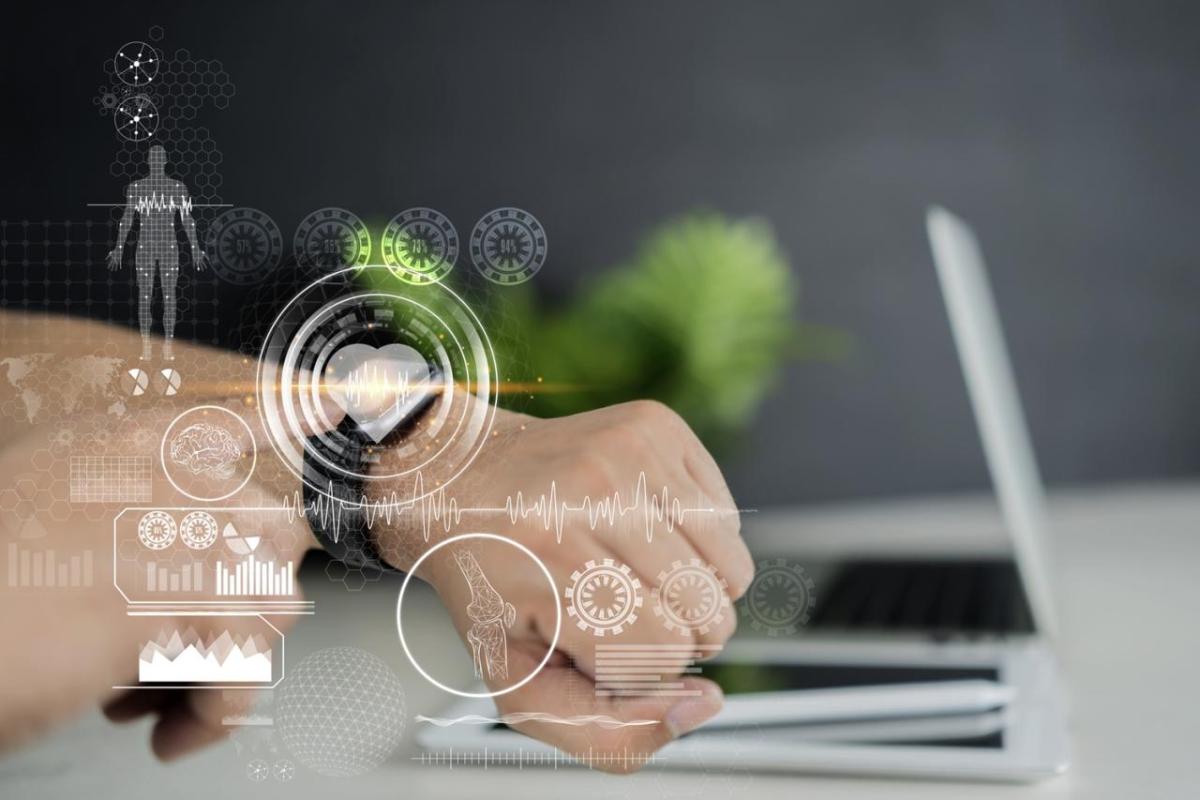How AI Is Enhancing Ergonomics, Without Replacing the Human Touch

AI has transformed many industries, including health and safety, and ergonomics is no exception. While AI can revolutionize how we approach ergonomic assessments and risk management, it cannot replace the empathy and human connection that ergonomists provide. Let’s explore how AI is making a difference, but why the human touch remains irreplaceable.
The Role of AI in Ergonomics
In factory and warehouse environments, where heavy loads, repetitive movements, and awkward postures are common, AI has the potential to record, analyse, and predict ergonomic risks more accurately than ever before. Through apps, wearables, and video analysis, AI collects precise data about how people perform tasks, whether it’s lifting boxes or rotating a screwdriver.
For example, while an instruction manual might outline the "correct" way to do a job, the reality is that ten different people will approach that same task with their own experience and preferences. AI can step in here by recording and analysing each variation, identifying risks based on individual behaviour, and providing tailored recommendations.
Wearables, such as smart watches and sensors, can gather real-time data on body angles, temperature, and even heart rate. These devices give a much clearer picture of how ergonomic risks evolve on the job. For instance, AI can analyse how a bulky, heat-repelling uniform might reduce heat stress but simultaneously increase ergonomic strain by restricting movement. Such insights allow for more informed decisions about work attire and environment.
AI’s ability to process and analyse data quickly can also help managers assess risks, predict potential injuries, and even recommend new equipment or processes that could minimize those risks. However, it's important to remember that these insights are only as good as the people interpreting them and applying them on the ground.
AI’s Benefits in Ergonomics
AI can collect massive amounts of data on how tasks are performed, which was nearly impossible before. This allows AI to:
- Provide real-time feedback to workers, highlighting risks during tasks (like lifting a box or using a tool) and suggesting improvements.
- Predict future ergonomic risks by analysing patterns in task performance, allowing managers to make informed decisions about equipment or task modifications.
- Automate repetitive tasks like data collection, reducing human error, and improving measurement precision.
However, AI is not just about data and efficiency. It can also offer personalized recommendations based on an individual's specific needs. For example, if a worker has a physical condition like tendonitis, AI can tailor ergonomic suggestions to help mitigate strain. Similarly, AI can assist workers with disabilities by improving accessibility through speech recognition, grammar support, or even real-time feedback on posture.
The Human Touch: Why Ergonomists are Still Essential
Despite AI’s impressive capabilities, it cannot replace the human side of ergonomics. Ergonomists do more than just analyse risk and suggest changes; as part of the provision of ergonomics support, they inevitably provide emotional support, empathy, and understanding that machines cannot replicate. Workers may be in pain, frustrated, or uncomfortable, and sometimes, simply listening to their concerns is just as important as providing ergonomic adjustments.
Ergonomists can also see nuances that AI may miss. For example, while AI can record how people use a screwdriver in different ways, only a human can understand why those variations exist, considering factors like personal preference, experience level, or fatigue. This ability to connect with people and understand their unique needs is where AI and human ergonomists must work together.
While AI can streamline data analysis and reduce the administrative burden, freeing up ergonomists to focus more on the people they serve, the human connection remains crucial. Ergonomists provide the guidance, compassion, and in-depth understanding that technology alone cannot offer.
Combining AI with Human Expertise
As AI becomes more integrated into ergonomics, proper training for non-ergonomists using AI tools will be vital. While AI can offer insights, human oversight ensures those insights are applied correctly and effectively.
The goal of ergonomic programs is to create safe, productive workplaces that enhance both worker well-being and productivity. AI is here to enhance these assessments, making them more precise and data driven. But at the end of the day, understanding people and the work they do is something only a human can truly grasp.
The future of ergonomics is not about replacing people with machines but enhancing human capabilities through technology. AI and ergonomists can meet in the middle—working together to create safer, healthier, and more efficient workplaces.
AI and Human Expertise: Shaping the Future of Ergonomics
AI offers an incredible opportunity to revolutionize ergonomics through data collection, prediction, and automation. However, the human element of ergonomics—listening, understanding, and providing compassionate support—remains irreplaceable. AI enhances our work, but people will always be at the heart of ergonomic assessments.
For more information on how AI and ergonomics can improve workplace safety and productivity, reach out to Antea Group UK’s ergonomics expert today to learn how our team can support your business with personalized solutions.

